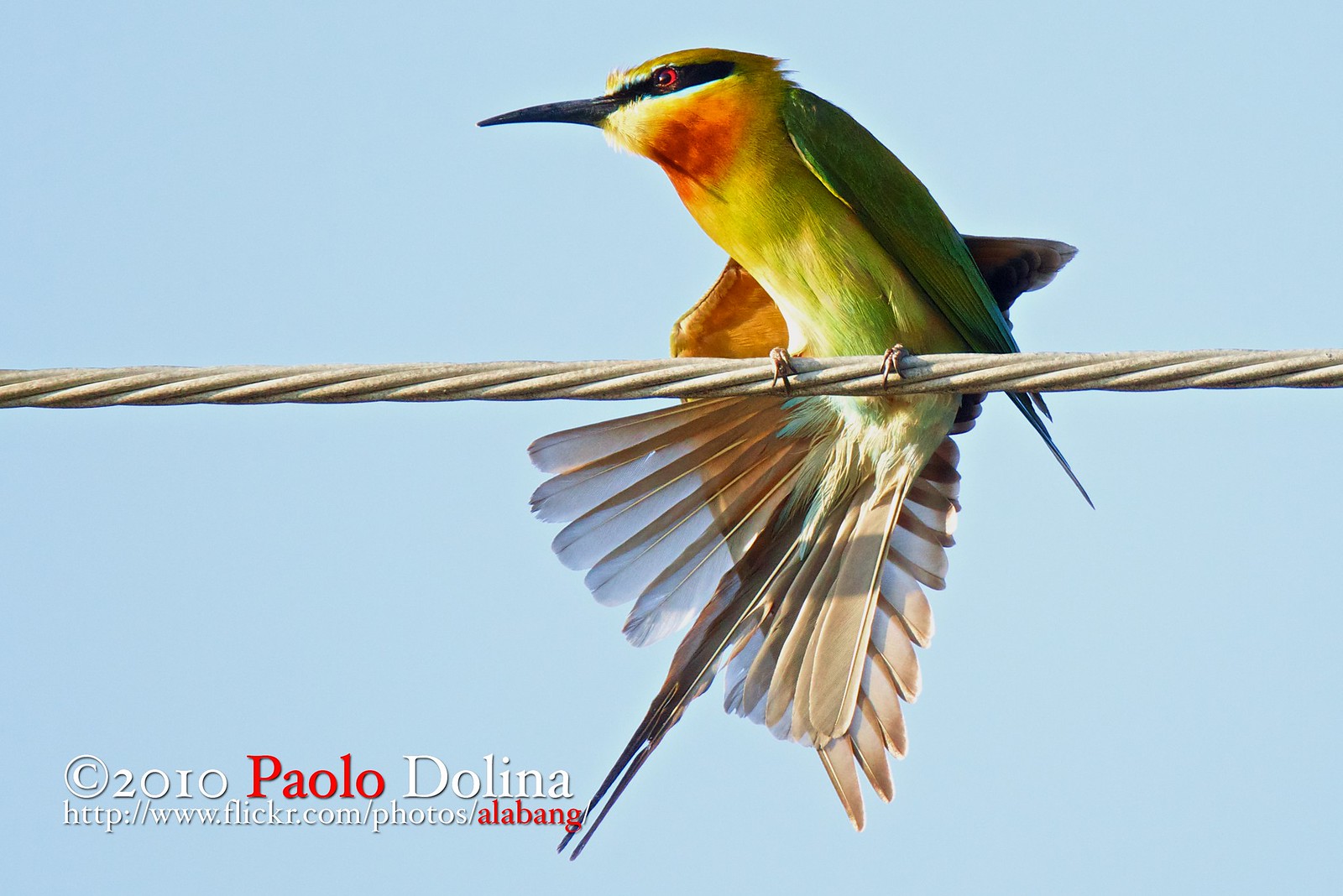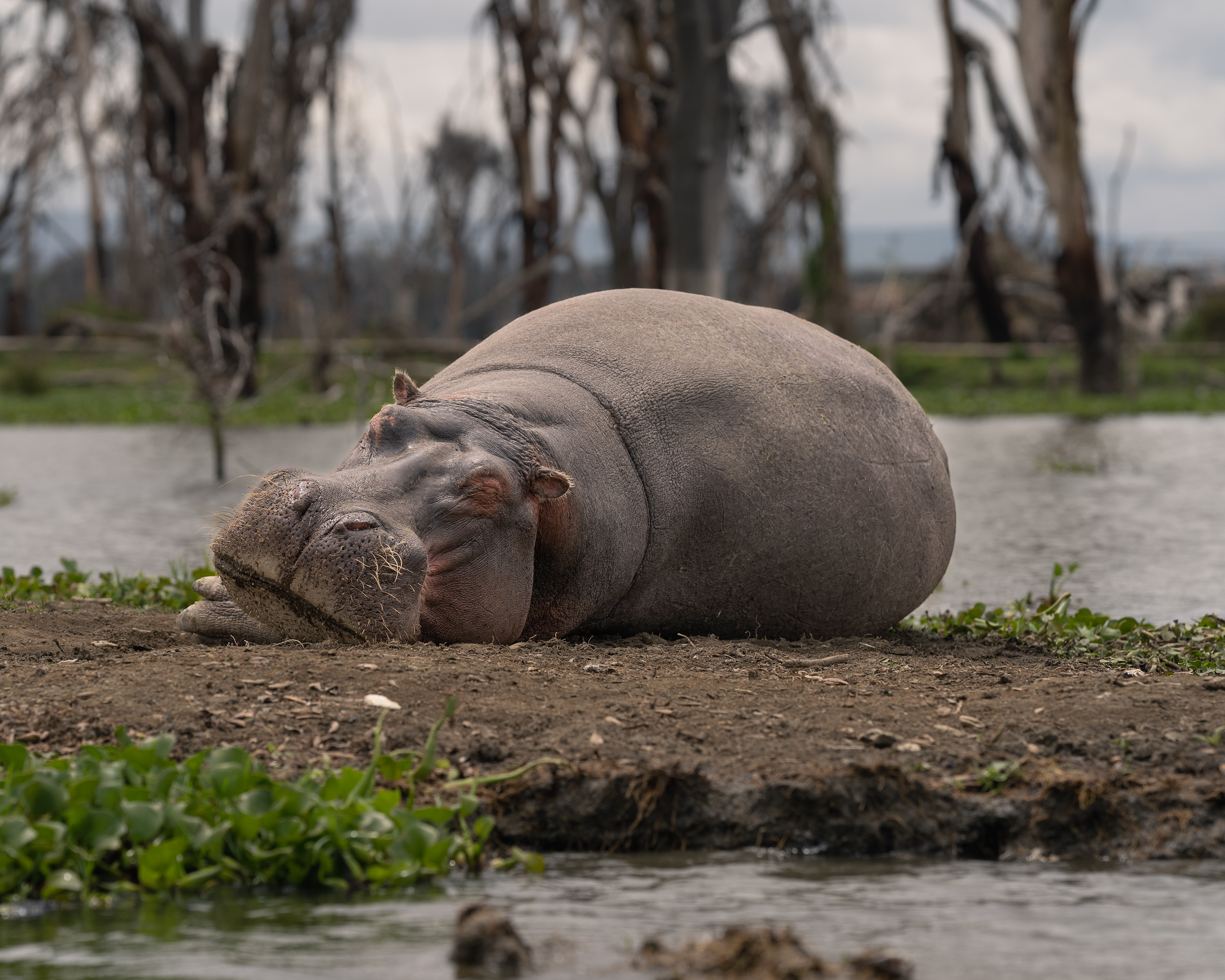 Black-crowned Night Heron (Nycticorax nycticorax)
Black-crowned Night Heron (Nycticorax nycticorax) by
Paolo Dolina, on Flickr
Stocky heron with neck usually tucked in. Adults overall pale grayish with black cap and back. Red eyes. Juveniles noticeably different, brown and streaky with yellow eyes. Often crouched under overhanging branches during the day. Feeds nocturnally for fish, frogs and other prey. Where it overlaps with Yellow-crowned Night-Heron, note large teardrop-shaped white spots on wing coverts which Yellow-crowned lacks.
Source:
https://ebird.org/species/bcnher
Location:
https://goo.gl/maps/3PEoVzRpiBMQZk2j8
Philippine news websites are known to delete articles without notice for the purpose of saving web server resources. So as a courtesy to people who want to know about the now defunct birding site I am sharing the article verbatim below.
If it is against the policy of the forum kindly edit out the body of text and hopefully the URL below will remain active for the next 1-2 decades or more.
Source:
https://www.philstar.com/metro/2006/04/03/329552/valenzuela146s-swamps-home-night-herons
Metro
Valenzuela’s swamps: Home to the night herons
- Jerry Botial -
April 3, 2006 | 12:00am
In Valenzuela, a certain type of migratory bird have chosen the swampy areas of the city as home.
Two of the creatures were adopted last week by the city government of Makati under an agreement with the Department of Environment and Natural Resources (DENR).
Bird experts, or ornithologists, received a pleasant surprise upon learning about the "phenomenon" for the first time two years ago.
The wildlife monitoring unit of the Department of Environment and Natural Resources (DENR), sometime in August 2004, rushed to Villa Encarnacion in Barangay Malanday after reports reached them that some enterprising residents have laid their hands on the black crowned/crested night heron (nycticorax nycticorax) turning them into delicious fare as appetizers or as main course.
Most residents, possible little aware of its impact on the environment and the ecosystem, have allegedly been slaughtering a number of them and either putting them on the dinner table or selling them in the streets.
Concerned residents then sought the assistance of the media who in turn made it known to the authorities.
A heron that "miscalculated" and flew into power lines one morning fell injured on the street and was picked up by radio dzBB reporter Rolan Bola, who brought the stricken bird to the Wildlife Rescue Center (WRC) of the Protected Areas and Wildlife Bureau (PAWB) of the DENR in Quezon City.
The rescued bird has been subsequently named "Olan" in honor of its rescuer. Bola said he is not aware now if the bird named after him is still around.
The nycticorax are migratory birds native to Southeast Asian countries like Taiwan, (Java) Indonesia, (North) Borneo and the Philippines, that have apparently chosen the marshy mangrove areas of Valenzuela as their home, said Dr. Steven Toledo, chief of the WRC. This is the season they have earned a new name as "resident migrants," Toledo told The STAR.
"This is the first time we ever heard about it," Toledo admitted in an interview two years ago.
The bird expert said the night heron is basically a water bird that is active at night and roosts on mangrove trees, locally known as "bakawan."
The birds since have since been called by locals as "bakaw-gabi" from the peculiar characteristics they have shown.
They usually feed on fish, small crabs, and shrimps, Toledo said.
Some 300 birds of the same species were also spotted holding fort in two large clumps of trees in Barangay Isla near Malanday a low-lying perennially flooded area in Valenzuela City.
City Mayor Sherwin Gatchalian said he was at first keen about making the natural bird sanctuary an ecotourism destination but was hobbled about certain technical and legal matters.
"The swamps where the night herons have chosen to stay are private property," he told The STAR.
"The people know about them. Apparently these exotic birds are in the pat of migration. The people there are, however, not particularly concerned about the benefits to ecotourism but more to protect the biodiversity in the area. They have been there for as long as I can remember," Marither Menia, city public information officer said.
Gatchalian has since allayed fears about anyone catching the dreaded bird flu from the herons. The DENR confirmed this early on.












